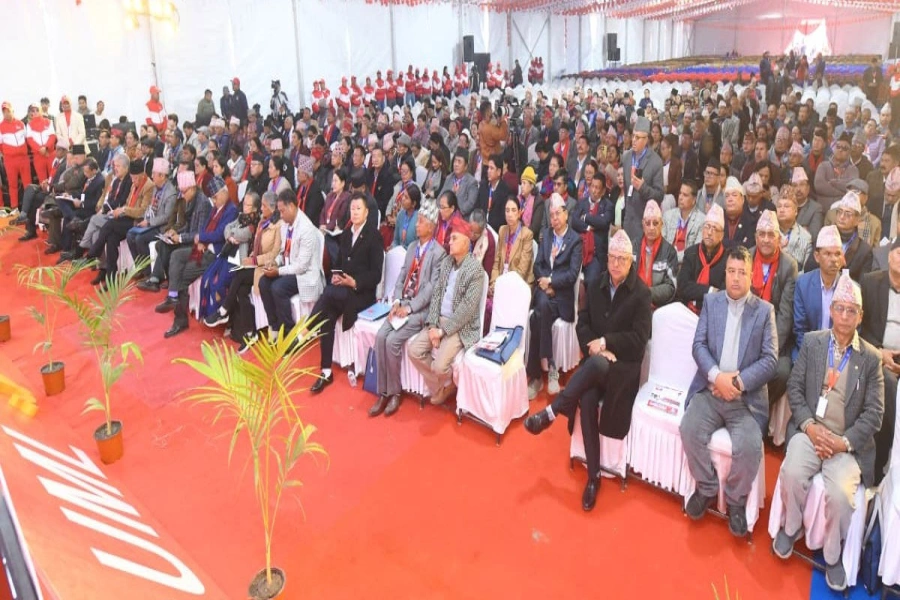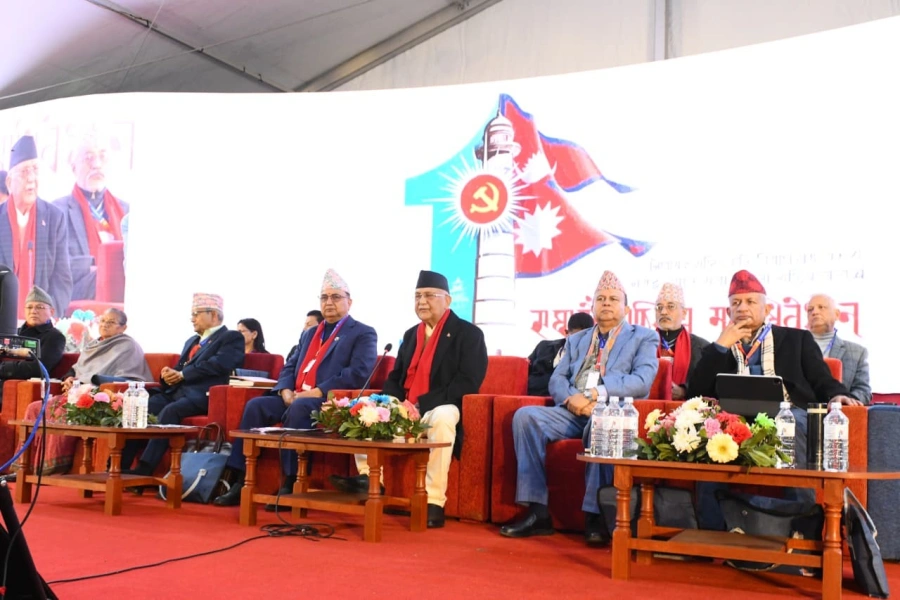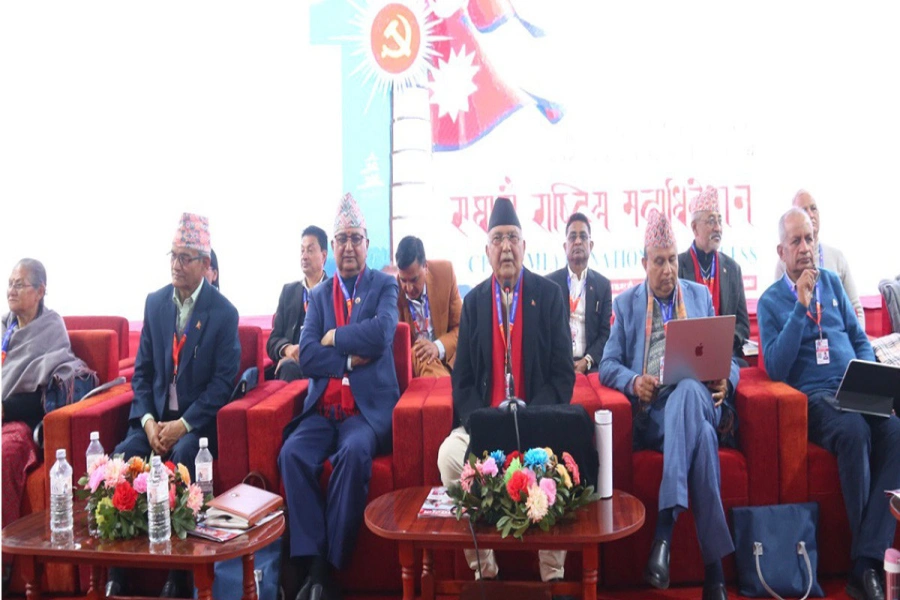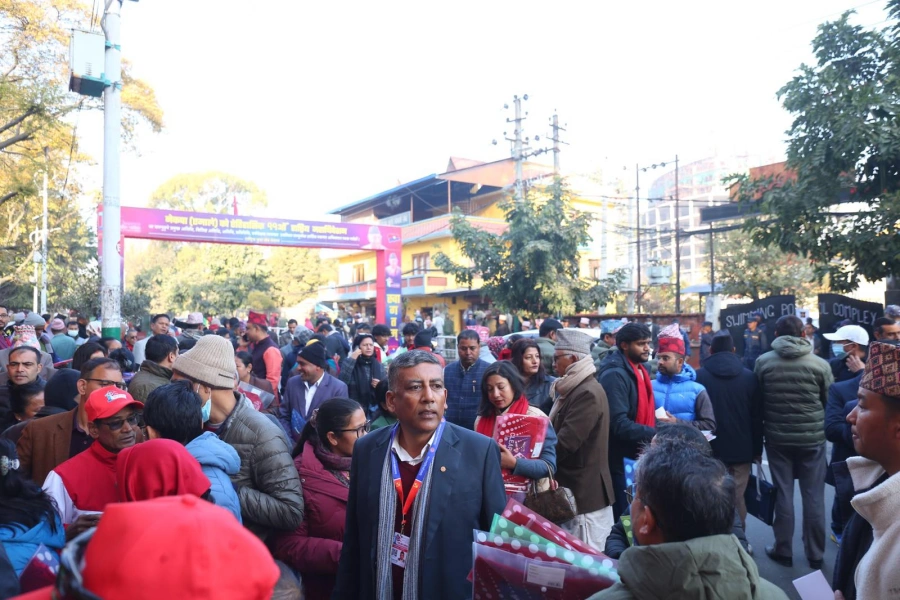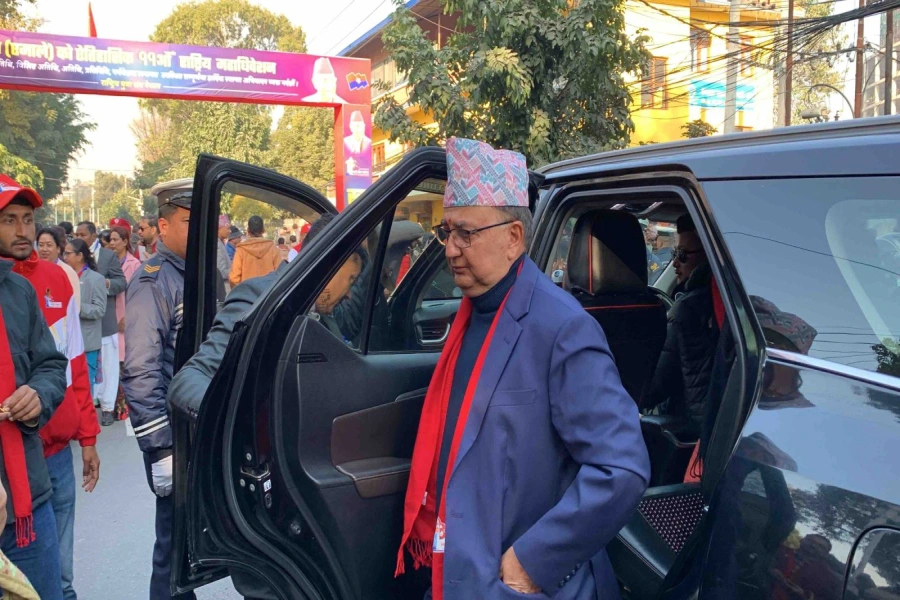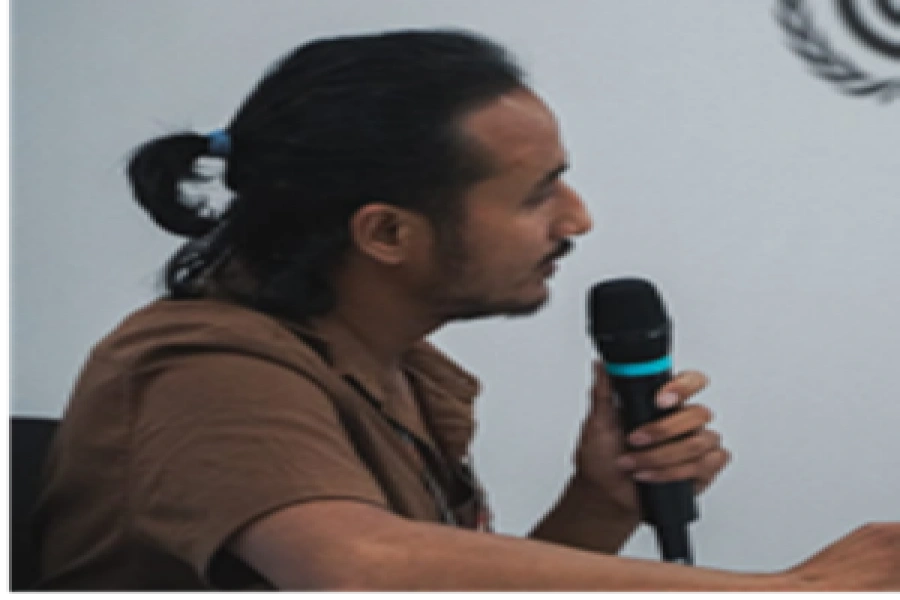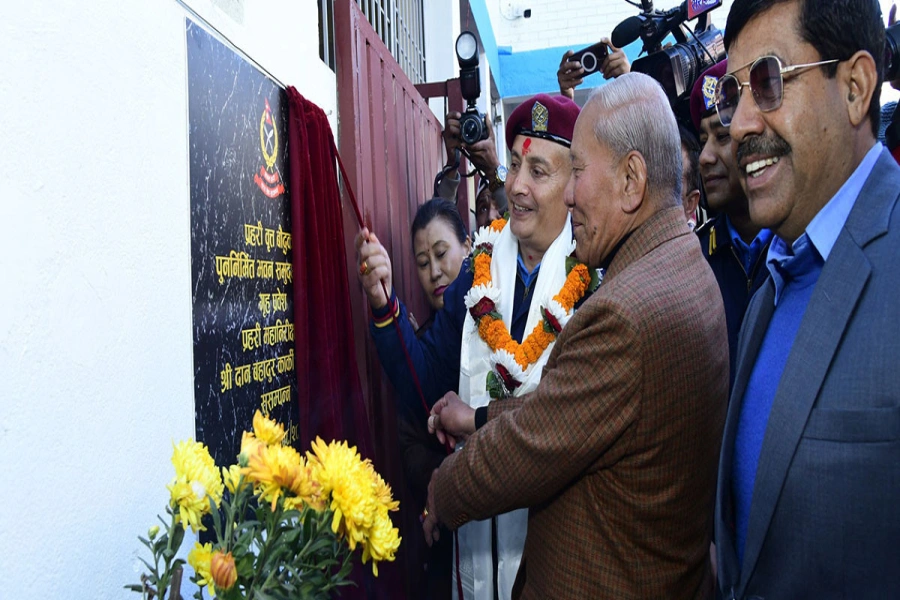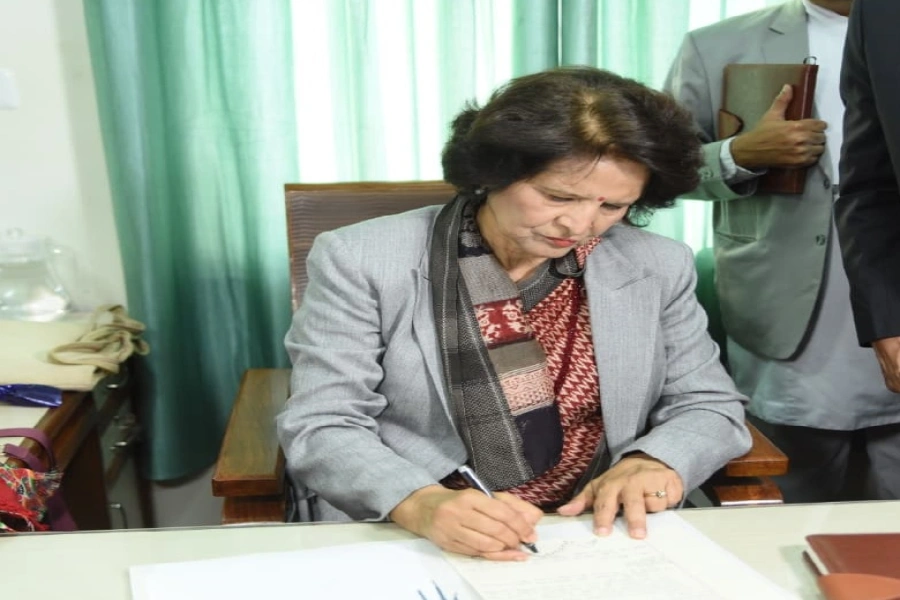KATHMANDU, Aug 29: Skilled manpower is a crucial component for quality healthcare. The World Health Organization (WHO) has considered skilled manpower as a primary and important sector.
Available data shows that one person in the world becomes blind every five seconds. About 360 million people are blind in the world while over 2 billion people have low vision. Among the blind, about 90 percent belong to rural and marginalized communities.
Nepal is gradually realizing the need for a ‘Tilganga Eye University’ to provide quality education in eye health under higher medical education and to gain fame internationally by producing quality materials.
To realize this very dream, the Ministry of Education, Science and Technology, in collaboration with Dr Sanduk Ruit, has drafted a bill and brought it into discussion.
The bill prepared under the initiative of former education minister Sumana Shrestha is currently under discussion in the National Assembly. All 13 universities established in Nepal so far have similar programs and curricula. However, the bill proposes a different approach for the establishment of Tilganga Eye Institute (university).
Pitambar Adhikari, the chief executing officer of Tilganga Eye Hospital, said that the establishment of Tilganga University of Ophthalmology is significant because it will integrate both educational activities and production.
Eight universities from Nepal, India and B’desh to compete in J...

Similarly, Adhikari claimed that Tilganga university will also assist in achieving educational quality through teaching and learning in various latest genres to expand technology in this field.
As mentioned in the University Bill, it aims to conduct educational programs in the fields of ophthalmology, vision specialist, community eye health, eye health management, eye hospital management, eye health nursing and others, if the university is established.
Adhikari said, “The proposed structure of the university has proposed a new guardian council to reduce unnecessary administrative expenses. As the officials will be working in various positions similar to employees, it will help reduce the financial burden.
He added, “Currently, the hospital run by the institution operates on a concept where financially capable individuals pay more and those who cannot afford it receive free treatment. Therefore, it is easy to access services from premium service to general service to all categories of people.”
Krishna Gopal Shrestha, the assistant manager of Tilganga Eye Hospital, clarified that as the proposed Tilganga university will be an autonomous body, there will be no financial burden on the state for daily administrative expenses or salaries aside from grants.
Shrestha said “Currently, this institution has produced nearly 7 million lenses of various nine types. The country is self-dependent in IOLs (intraocular lenses). Over 50 percent of the produced lenses are being exported to over 40 countries.”
“It has contributed significant income as well as helped in promoting the country's name. The establishment of an eye university will not impose a financial burden on the state as 25 community eye centers, 40 rural eye centers and three community eye hospitals are operating in 22 districts.”
According to Shrestha, there are currently eight departments under the Nepal Eye Program including a well-equipped eye hospital, eye bank, research center, educational and training center, external program department and intraocular lens production department.
As a hospital of Nepal Eye Program, Tilganga Eye Hospital and its partner hospitals, community hospitals, surgical eye centers and community eye centers are providing outpatient department (OPD) services to over 3000 patients daily.
Hospitals are providing surgical services to over 150 patients a day. Over nine million eye disease services have been provided by Tilganga Eye Hospital till 2023 while 10 highly specialized services are in operation. Over 40 ophthalmologists are providing these services.
Kathmandu Metropolitan City-8 has 13 ropanis of land and two buildings with 125,000 square feet in the same location, one and a half bigha land with three buildings in Makwanpur, while there are 25 community eye hospital center buildings across different districts.
Patients from around the world including Nepal, India, Bhutan, Bangladesh, Middle East countries and Africa have benefited from the necessary eye treatment services provided by this hospital. As the hospital is self-dependent and offers comprehensive services, it is anticipated that all these facilities will be institutionalized with the establishment of the university.
According to a survey conducted in Nepal in 2019, it was found that 62 percent of the total blind people are blind due to cataract.
The data revealed that most of the blind are from low-income and remote rural areas. Shrestha said that the external program department has been conducting eye camps with cataract surgery in over 50 places in the country and abroad every year, with the aim of providing quality eye services in rural areas.
Shrestha said, “The hospital has provided eye examinations to 778,908 and free surgery services to 29,673 in Nepal through such camps as of now. A total of 56,346 surgeries have been done in Bhutan, India, China, Bangladesh, Cambodia, Laos, Myanmar, Mexico, Marshall Island, Hawaii, North Korea, Indonesia, Ethiopia, Ghana, Eritrea, Tanzania and other countries.”
He said that lenses costing about US $220 in the developed countries are produced and distributed in Nepal at Rs 400.







